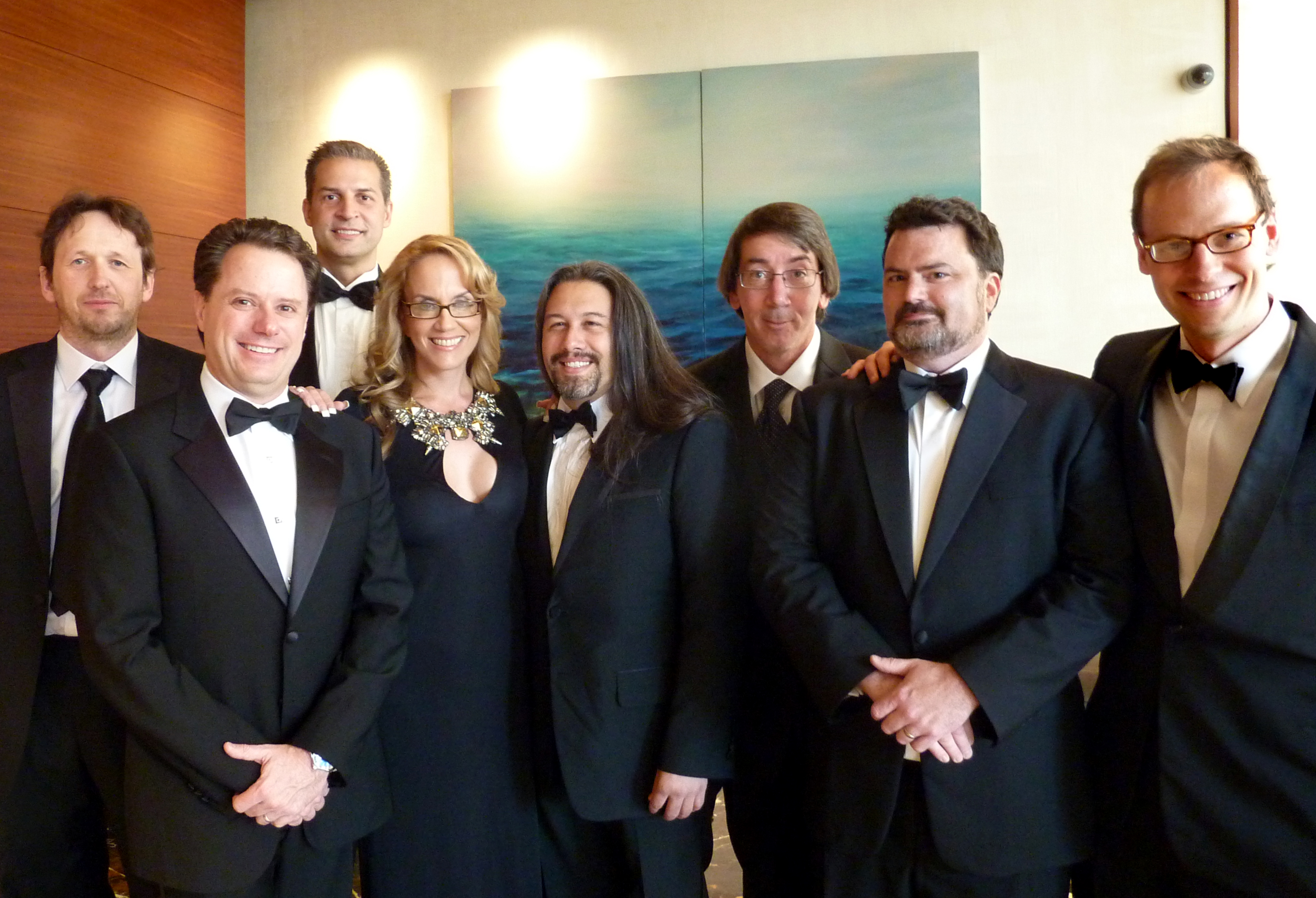|
Dark Castle
''Dark Castle'' is a 1986 platform game for Macintosh, originally published by Silicon Beach Software. The game was designed and animated by Mark Pierce and programmed by Jonathan Gay, with Real Sound provided by Eric Zocher. In ''Dark Castle'', a young hero named Duncan attempts to reach the evil Black Knight while dodging various objects and solving occasional puzzles. A sequel, '' Beyond Dark Castle'', was released in 1987. A second sequel, '' Return to Dark Castle'', was developed by Super Happy Fun Fun, Inc. and released on the Mac App Store on March 14, 2008. Ports to other platforms were also published by Three-Sixty Pacific and Electronic Arts for the SEGA Genesis. The series has sold over 1 million copies. Plot When the evil Black Knight terrorizes the townspeople, Prince Duncan resolves to overthrow him. To accomplish this, he must navigate the four sections of the castle: Fireball, Shield, Trouble, and Black Knight. After collecting the Fireball and Shield, Dunca ... [...More Info...] [...Related Items...] OR: [Wikipedia] [Google] [Baidu] |
Silicon Beach Software
Silicon Beach Software, Inc. was an early American developer of software products for the Apple Macintosh, Macintosh personal computer. It was founded in San Diego, California, in 1984 by Charlie Jackson (software), Charlie Jackson and his wife Hallie. Jackson later co-founded FutureWave Software with Jonathan Gay. FutureWave produced the first version of what is now Adobe Flash. Although Silicon Beach Software began as a publisher of video game, game software, it also published what was called "productivity software" at the time. History Silicon Beach's best known "productivity software" product was SuperPaint (Macintosh), SuperPaint, a graphics program which combined features of Apple's MacDraw and MacPaint with several innovations of its own. SuperPaint2 and Digital Darkroom were the first programs on the Macintosh to offer a Plug-in (computing), plug-in architecture, allowing outside software developers to extend both programs' capabilities. Silicon Beach coined the term "plug- ... [...More Info...] [...Related Items...] OR: [Wikipedia] [Google] [Baidu] |
Video Game Developer
A video game developer is a software developer specializing in video game development – the process and related disciplines of creating video games. A game developer can range from one person who undertakes all tasks to a large business with employee responsibilities split between individual disciplines, such as programmers, designers, artists, etc. Most game development companies have video game publisher financial and usually marketing support. Self-funded developers are known as independent or indie developers and usually make indie games. A developer may specialize in specific game engines or specific video game consoles, or may develop for several systems (including personal computers and mobile devices). Some focus on porting games from one system to another, or translating games from one language to another. Less commonly, some do software development work in addition to games. Most video game publishers maintain development studios (such as Electronic Arts's ... [...More Info...] [...Related Items...] OR: [Wikipedia] [Google] [Baidu] |
Bandai
is a Japanese multinational corporation, multinational toy manufacturer and distributor headquartered in Taitō, Taitō, Tokyo. Its international branches, Bandai Namco Toys & Collectables America and Bandai UK, are respectively headquartered in Irvine, California, and Richmond, London. Since 2005, Bandai is the toy production division of Bandai Namco Holdings, currently the world's second largest toy company measured by total revenue. Between 1981 and 2001, Bandai was a manufacturer of :Bandai consoles, video game consoles. Bandai was founded by World War II veteran Naoharu Yamashina as Bandai-Ya on July 5, 1950, as the corporate spin-off of a textile wholesaler. The company began as a distributor of metallic toys and rubber swimming rings, before moving to metal cars and aircraft models. It was renamed Bandai Co., Ltd. in 1961 and achieved considerable success with its action figures based on the anime ''Astro Boy (1963 TV series), Astro Boy''. History Origins and success wi ... [...More Info...] [...Related Items...] OR: [Wikipedia] [Google] [Baidu] |
Mobile Phone
A mobile phone or cell phone is a portable telephone that allows users to make and receive calls over a radio frequency link while moving within a designated telephone service area, unlike fixed-location phones ( landline phones). This radio frequency link connects to the switching systems of a mobile phone operator, providing access to the public switched telephone network (PSTN). Modern mobile telephony relies on a cellular network architecture, which is why mobile phones are often referred to as 'cell phones' in North America. Beyond traditional voice communication, digital mobile phones have evolved to support a wide range of additional services. These include text messaging, multimedia messaging, email, and internet access (via LTE, 5G NR or Wi-Fi), as well as short-range wireless technologies like Bluetooth, infrared, and ultra-wideband (UWB). Mobile phones also support a variety of multimedia capabilities, such as digital photography, video recordin ... [...More Info...] [...Related Items...] OR: [Wikipedia] [Google] [Baidu] |
Electronic Arts
Electronic Arts Inc. (EA) is an American video game company headquartered in Redwood City, California. Founded in May 1982 by former Apple Inc., Apple employee Trip Hawkins, the company was a pioneer of the early home computer game industry and promoted the designers and programmers responsible for its games as "software artists". EA published numerous games and some productivity software for personal computers, all of which were developed by external individuals or groups until 1987's ''Skate or Die!'' The company shifted toward internal game studios, often through acquisitions, such as Distinctive Software becoming EA Canada in 1991. Into the 21st century, EA develops and publishes games of established franchises, including ''Battlefield (video game series), Battlefield'', ''Need for Speed'', ''The Sims'', ''Medal of Honor (video game series), Medal of Honor'', ''Command & Conquer'', ''Dead Space'', ''Mass Effect'', ''Dragon Age'', ''Army of Two (series), Army of Two'', ''A ... [...More Info...] [...Related Items...] OR: [Wikipedia] [Google] [Baidu] |
John Romero
Alfonso John Romero (born October 28, 1967) is an American video game developer. He co-founded id Software and designed their early games, including ''Wolfenstein 3D'' (1992), ''Doom (1993 video game), Doom'' (1993), ''Doom II'' (1994), ''Hexen: Beyond Heretic, Hexen'' (1995) and ''Quake (video game), Quake'' (1996). His designs and development tools, along with programming techniques developed by the id programmer John Carmack, popularized the first-person shooter (FPS) genre. Romero is also credited with coining the multiplayer term "Deathmatch (video games), deathmatch". Following disputes with Carmack, Romero was fired from id in 1996. He co-founded a new studio, Ion Storm, and directed the FPS ''Daikatana'' (2000), which was a critical and commercial failure. Romero departed Ion Storm in 2001. In July 2001, he and another former id employee, Tom Hall, founded Monkeystone Games to develop games for mobile devices. In 2003, Romero joined Midway Games as the project lead on ... [...More Info...] [...Related Items...] OR: [Wikipedia] [Google] [Baidu] |
Game Programming
Game programming, a subset of game development, is the software development of video games. Game programming requires substantial skill in software engineering and computer programming in a given language, as well as specialization in one or more of the following areas: simulation, computer graphics, artificial intelligence, physics, audio programming, and input. For multiplayer games, knowledge of network programming is required (the resultant code, in addition to its performance characteristics, is commonly referred to as the game's netcode by players and programmers alike). In some genres, e.g. fighting games, advanced network programming is often demanded, as the netcode and its properties (e.g. latency) are considered by players and critics to be some of the most important metrics of the game's quality. For massively multiplayer online games (MMOGs), even further knowledge of database programming and advanced networking programming are required. Though often ... [...More Info...] [...Related Items...] OR: [Wikipedia] [Google] [Baidu] |
Dark Castle Atari ST Screenshot
Darkness is the condition resulting from a lack of illumination, or an absence of visible light. Human vision is unable to distinguish colors in conditions of very low luminance because the hue-sensitive photoreceptor cells on the retina are inactive when light levels are insufficient, in the range of visual perception referred to as scotopic vision. The emotional response to darkness has generated metaphorical usages of the term in many cultures, often used to describe an unhappy or foreboding feeling. "Darkness" may also refer to night, which occurs when the Sun is more than 18° below the horizon. Scientific Perception The perception of darkness differs from the mere absence of light that sometimes lead to afterimages. In perceiving, the eye is active, and the part of the retina that is unstimulated produces a complementary afterimage. Physics In terms of physics, an object is said to be dark when it absorbs photons, causing it to appear dim compared to other objects. ... [...More Info...] [...Related Items...] OR: [Wikipedia] [Google] [Baidu] |
Apple Lisa
Lisa is a desktop computer developed by Apple, produced from January 19, 1983, to August 1, 1986, and succeeded by Macintosh. It is generally considered the first mass-market personal computer operable through a graphical user interface (GUI). In 1983, a machine like the Lisa was still so expensive that it was primarily marketed to individual and small and medium-sized businesses as a groundbreaking new alternative to much bigger and more expensive mainframes or minicomputers such as from IBM, that either require additional, expensive consultancy from the supplier, hiring specially trained personnel, or at least, a much steeper learning curve to maintain and operate. Development of project "LISA" began in 1978. It underwent many changes and shipped at with a five-megabyte hard drive. It was affected by its high price, insufficient software, unreliable FileWare (codename Twiggy) floppy disks, and the imminent release of the cheaper and faster Macintosh. Only 60,000 Lisa units we ... [...More Info...] [...Related Items...] OR: [Wikipedia] [Google] [Baidu] |
Easter Egg (virtual)
An Easter egg is a message, image, or feature hidden in software, a video game, a film, or another—usually electronic—medium. The term used in this manner was coined around 1979 by Steve Wright, the then-Director of Software Development in the Atari Consumer Division, to describe a hidden message in the Atari video game ''Adventure'', in reference to an Easter egg hunt. The earliest known video game Easter egg is in the 1973 video game '' Moonlander'', in which the player tries to land a Lunar module on the Moon; if the player opts to fly the module horizontally through several of the game's screens, they encounter a McDonald's restaurant, and if they land next to it, the astronaut will visit it instead of standing next to the ship. The earliest known Easter egg in software in general is one placed in the "make" command for PDP-6/PDP-10 computers sometime in October 1967–October 1968, where if the user attempts to create a file named "love" by typing "make love", the prog ... [...More Info...] [...Related Items...] OR: [Wikipedia] [Google] [Baidu] |
Computer Mouse
A computer mouse (plural mice; also mouses) is a hand-held pointing device that detects Plane (mathematics), two-dimensional motion relative to a surface. This motion is typically translated into the motion of the Cursor (user interface)#Pointer, pointer (called a cursor) on a computer monitor, display, which allows a smooth control of the graphical user interface of a computer. The first public demonstration of a mouse controlling a computer system was done by Doug Engelbart in 1968 as part of the Mother of All Demos. Mice originally used two separate wheels to directly track movement across a surface: one in the x-dimension and one in the Y. Later, the standard design shifted to use a ball rolling on a surface to detect motion, in turn connected to internal rollers. Most modern mice use optical mouse, optical movement detection with no moving parts. Though originally all mice were connected to a computer by a cable, many modern mice are cordless, relying on short-range rad ... [...More Info...] [...Related Items...] OR: [Wikipedia] [Google] [Baidu] |




